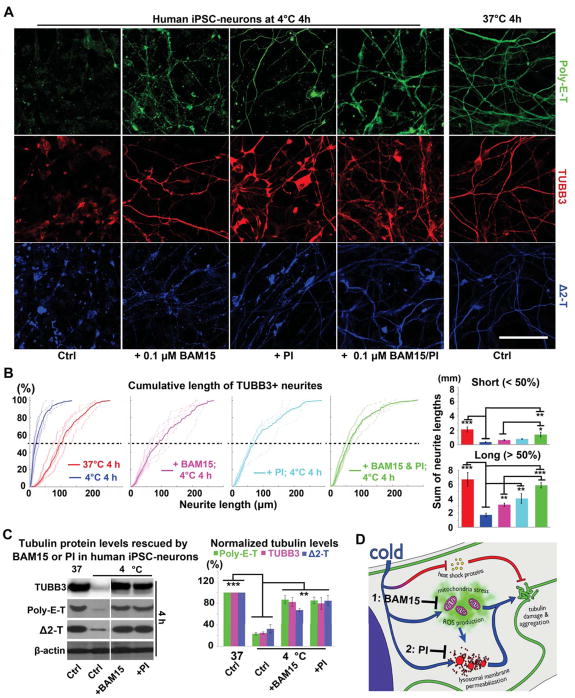Figure 5. Morphological Protection of Human iPSC-neurons by BAM15/PI Pretreatments against Prolonged Cold Stress.
(A) Pre-treatment with BAM15 (0.1 μM; n = 17 experiments), PI (1:500; n = 24 experiments) or a combination of both (n = 20 experiments) preserved long neurites (poly-E-T: green; TUBB3: red; Δ2-T: blue) of human iPSC-neurons following 4-h incubation at 4°C. Scale bar: 40 μm. See also Figure S6.
(B) Cumulative plots and quantification of TUBB3+ neurite lengths (see STAR METHODS; BAM15: n = 6 experiments; PI: n = 5 experiments; BAM15 & PI: n = 6 experiments; Student’s t-test between untreated controls with or without cold exposure; ANOVA plus post hoc Tukey test for multiple cold-exposed groups treated for the same duration; * p < 0.05; ** p < 0.01; *** p < 0.001).
(C) Western blots and quantification confirming that BAM15 or PI pre-treatment maintained tubulin protein levels in human iPSC-neurons after 4-h incubation at 4°C (n = 5 experiments; Student’s t-test between untreated controls with or without cold exposure; ANOVA plus post hoc Tukey test for multiple cold-exposed groups; ** p < 0.01; *** p < 0.001).
(D) Proposed model depicting the mechanisms by which BAM15 and PI pre-treatments protect human iPSC-neurons from cold stress. For these experiments, human neurons were derived from 3 iPSC lines.

